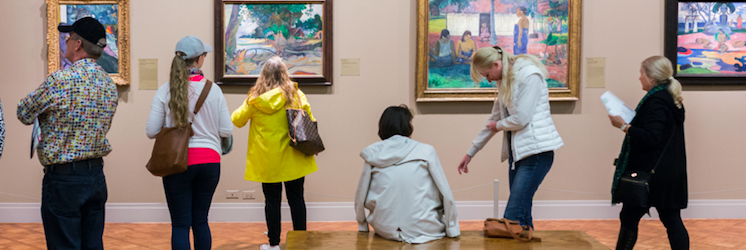Half of people in the US who profile as likely visitors to mission-driven, visitor-serving entities do not attend.
What we know about these people may be the key to engaging more diverse audiences. Data suggest that cultural organizations are getting better at reaching traditional visitors with greater frequency, but are not yet succeeding at representatively engaging new visitors. This is a problem, because traditional visitors are exiting the US market at a faster rate than they are being replaced. If cultural organizations do not get better at cultivating and converting “non-traditional audiences” into regular attendees, these organizations...Never miss the latest read on industry data and analysis.
Already have an account? Sign In










